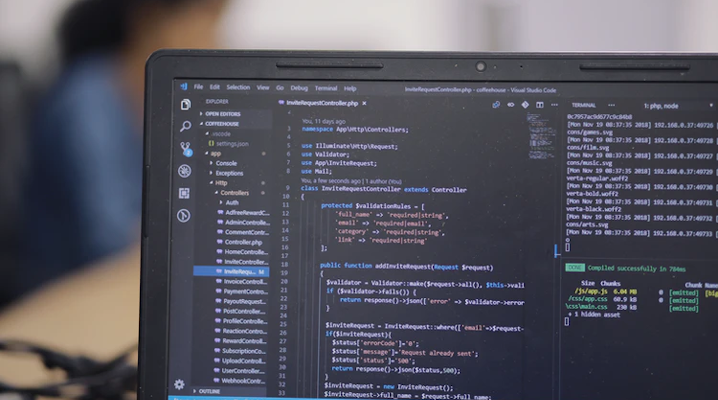 SECURITY
SECURITY
 SECURITY
SECURITY
 SECURITY
SECURITY
Microsoft Corp. has detailed an upcoming Windows 10 feature that aims to thwart cyberattacks by making it impossible for hackers to edit sensitive parts of a computer’s memory.
The feature is known as Kernel Data Protection, or KDP for short. Microsoft provided a technical overview of KDP in a Wednesday afternoon blog post.
KDP is designed to block attacks that attempt to compromise Windows machines by corrupting their memory. Some malware strands, for instance, attempt to manipulate the memory on which software drivers are stored to install a malicious driver onto the user’s computer. KDP provides a straightforward answer to such threats: It makes memory that stores key Windows components as read-only so they can’t be edited.
“KDP is intended to protect drivers and software running in the Windows kernel (i.e., the OS code itself) against data-driven attacks,” Andrea Allievi, a senior engineer with Microsoft’s Windows kernel security team, wrote in the blog post. “As a result, no software running in the NT kernel (VTL0) will ever be able to modify the content of the protected memory.”
Under the hood, KDP relies on another, lower-level feature called VBS to protect data. VBS uses the native virtualization capabilities in Windows 10 to cordon off parts of a machine’s memory and turn them into isolated “virtual secure mode” enclaves.
Microsoft will enable developers to interact with KDP via a set of application programming interfaces. On top of making Windows itself more secure, the company believes the technology could have useful applications for partners such as cybersecurity software makers.
Another potential application is helping developers find issues in their software. “KDP makes it easier to diagnose memory corruption bugs that don’t necessarily represent security vulnerabilities,” Allievi explained.
KDP is available for beta testing in the pre-release Windows 10 Insider Build. Running the technology requires the user’s machine to support VBS virtualization, as well as pair of other features known as second-level address translation and virtualization extensions. These features are among others enabled on the high-end laptops included in Microsoft Secured-Core PC initiative.
Microsoft’s long-term plans to make Windows more secure involve even bigger technical changes. Windows 10X, the next iteration of the operating system, reportedly will require all applications to run in isolated containers to provide better protection against cyberattacks.
Support our mission to keep content open and free by engaging with theCUBE community. Join theCUBE’s Alumni Trust Network, where technology leaders connect, share intelligence and create opportunities.
Founded by tech visionaries John Furrier and Dave Vellante, SiliconANGLE Media has built a dynamic ecosystem of industry-leading digital media brands that reach 15+ million elite tech professionals. Our new proprietary theCUBE AI Video Cloud is breaking ground in audience interaction, leveraging theCUBEai.com neural network to help technology companies make data-driven decisions and stay at the forefront of industry conversations.